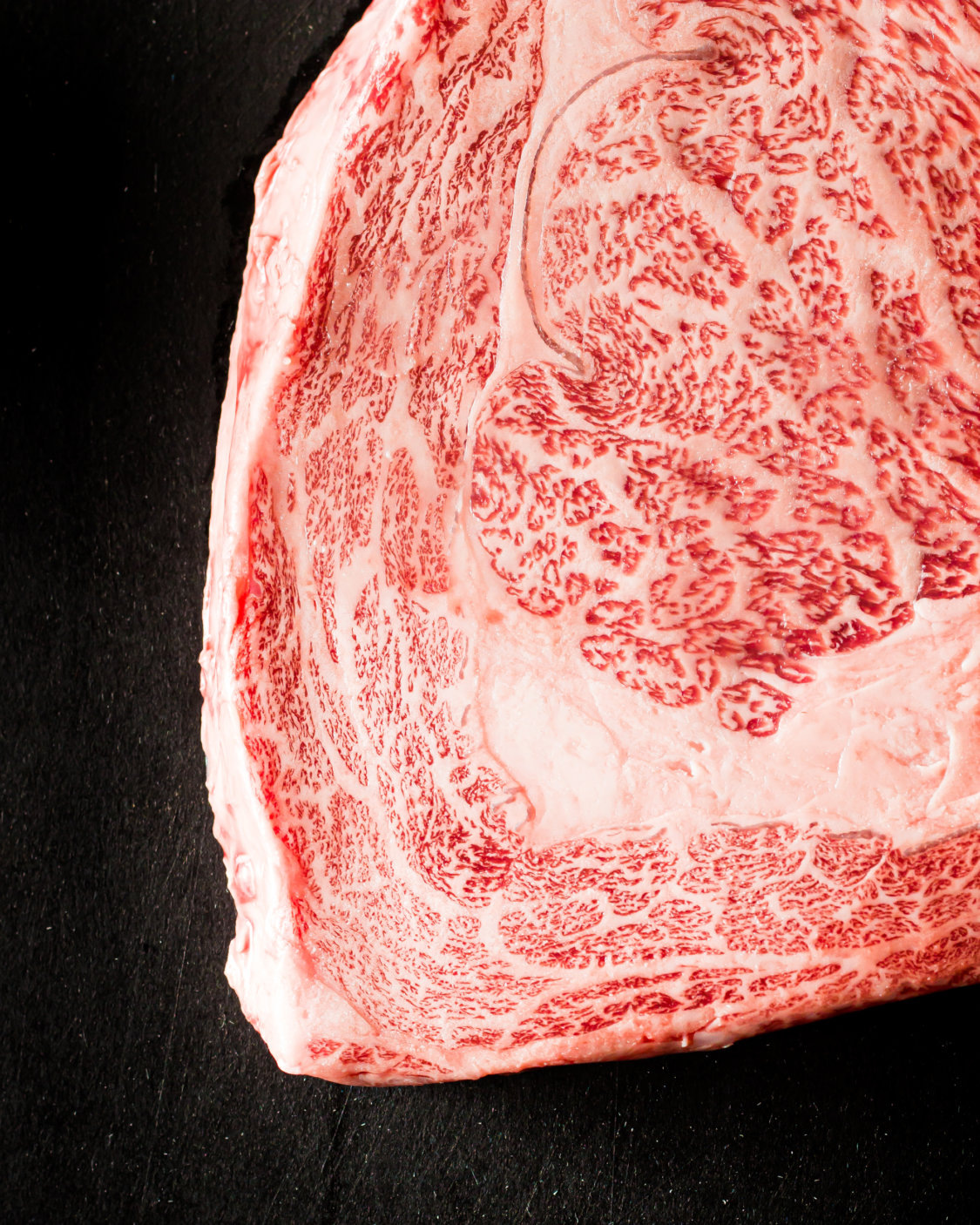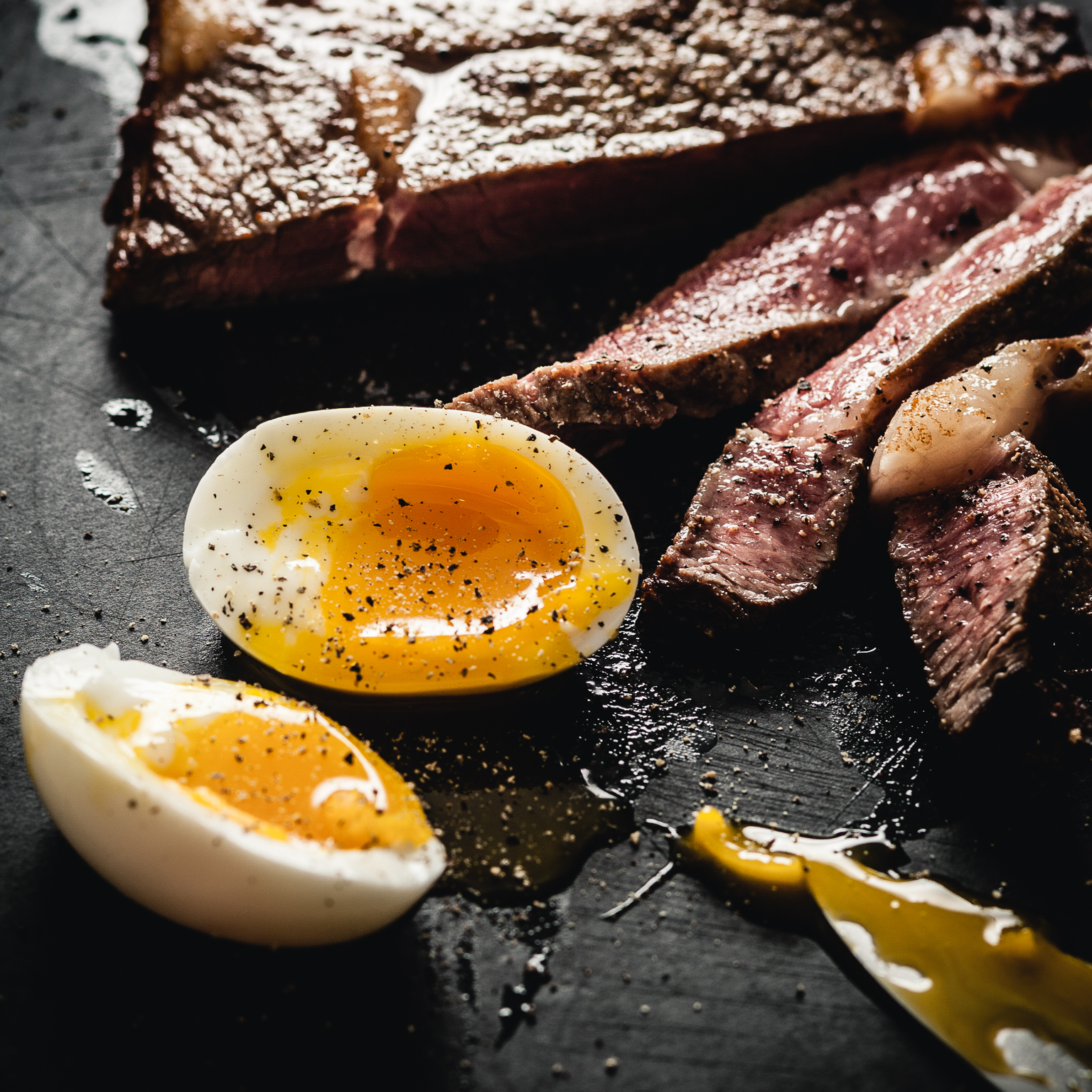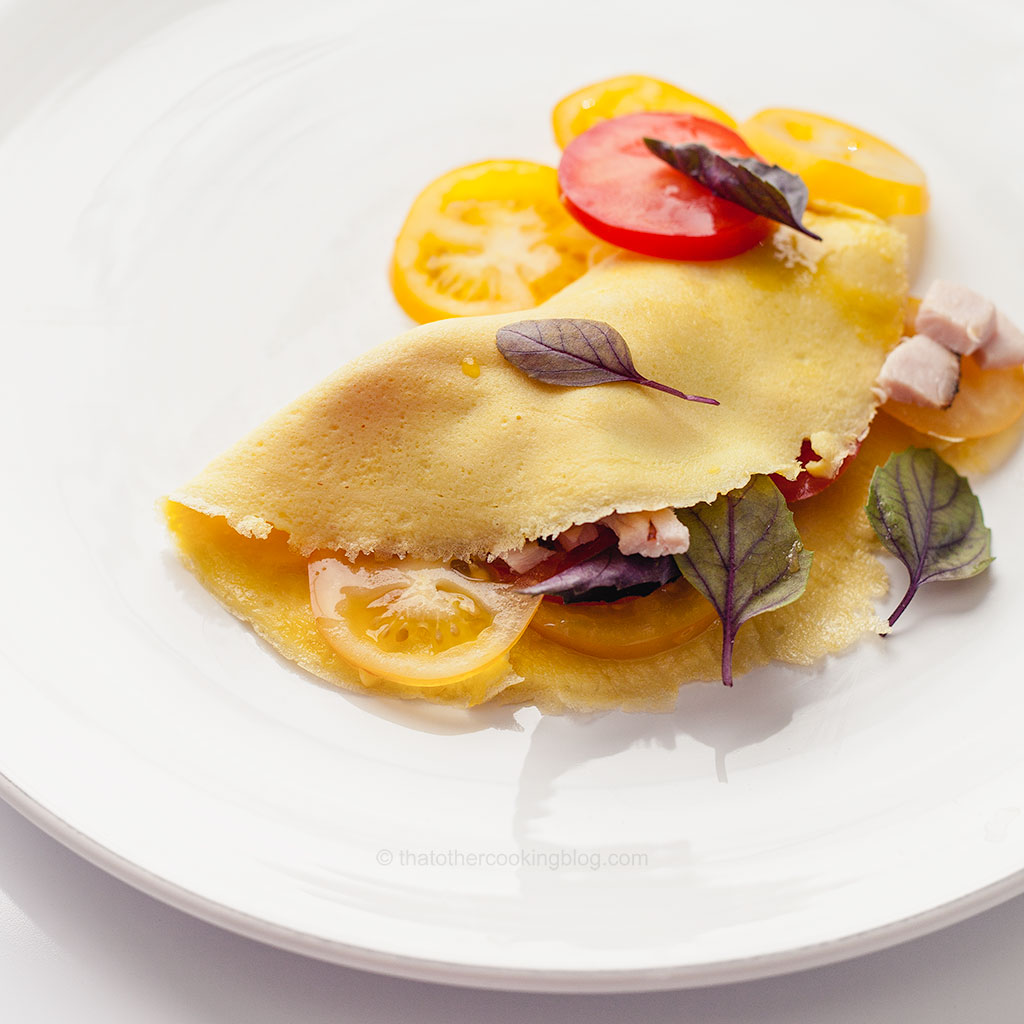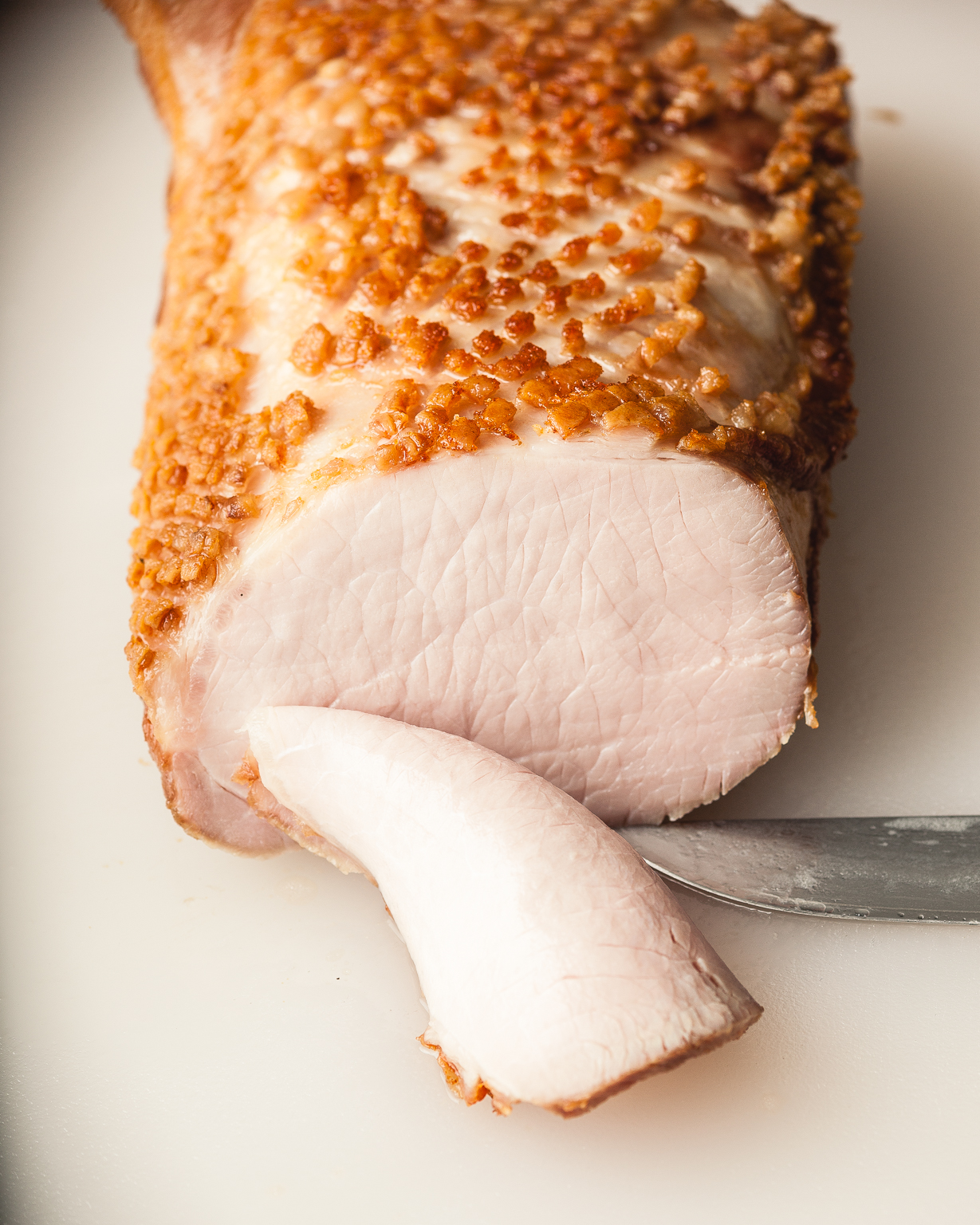A few weeks ago the guys at The Wagyu Shop got in touch offered to send me a sample of their wagyu to try (yes, blogging can be pretty awesome sometimes). Ok, this is as cool as it gets for any food blogger who loves beef, especially one that has only had wagyu in his dreams, plus wagyu beef is the stuff of dreams. I have seen it plenty of times on food shows. Every time wagyu is served or presented on tv awe and amazement and disbelief follow and now I too know why. It is absolutely incredible. 100% food porn.
What’s Wagyu beef.
One of nature’s greatest gifts for sure. An oversimplification of the answer would be Wagyu is delicious beef that comes from incredibly sought-after Japanese cows. But that would be only the partial truth. Wagyu beef is also produced in the US and Australia as well but the original cow responsible for this delicious miracle is Japanese. The Waygu Shop has an excellent overview of The World of Wagyu. Check it out if you want to learn more.

The Price of Excellence.
My sample wagyu box came in and was delivered at my front door. Beautiful presentation. Vac packed as expected and. In the cooler box, 2 Japanese Wagyu steaks. Ribeye and Striploin. Price tag? $279… which reflects not only the incredible quality of the meat but also speaks volumes about the quality of the production process. The care that goes into raising these animals. It also reflects a limited supply and very high demand in the high-end restaurant sector as well as a very efficient system for distribution so that the meat arrives fresh and beautiful at your doorstep (quite literally).

Can we talk about this awesome marbling?
When I first saw it I thought of Serrano ham (Pata Negra). I mean, look at it. It is incredibly rich and fatty. In fact, I wasn’t sure how things were going to turn out once cooked. I don’t know what’s the fat to muscle ratio here but has to be close to 50%-50% which is insane. What’s amazing is how soft the fatty tissue is… it literally melts as you eat it. Wagyu doesn’t have that greasy finish I was expecting. The finish was for lack of a better description, very elegant. The taste is wonderful, complex, beefy. Adding oil to the pan was almost unnecessary because the second the steak hits it, it starts cooking in its own fat. This meat is so tender you won’t need a knife, you can cut it with a spoon. Incredible.

On cooking beef. Best Practices.
I’ve gone over this a million times on the blog but who cares… this is a very precious piece of meat so a refresher is more than justified. Cooking beef isn’t easy. No steak is ever perfect (cooking is not an exact science) but we can get it pretty close to perfection if we follow a few simple rules. In no particular order, here are a few tips.
- Dry the surface of the meat before it hits the pan. This is of paramount importance.
- Salt draws moisture out. If you salt your steak right before it goes in the pan… your sear will be subpar.
- Salt the meat a day ahead of time or as little as one hour before searing. Then go to bullet point 1.
- Traditional or sous vide. Whichever method you choose, make sure you choose wisely. (See section on To Sous Vide or Not down below).
- Sear as fast as possible. That means hot pan and high smoke point oil. ~ 500F. Clarified butter, safflower oil, etc.
- Deep-fry if you can… requires lots of oil and it can be dangerous since you are doing it in a pot but the results are amazing.
- Also consider reverse sear which is a great way to cook thick steaks, Click here to find out more.
- Polymerize your pan. Bring your oil to almost smoking point before adding the meat. That will make your cast iron/stainless steel pan “nonstick”.
- If steaks are thick, bring them close to room temp. If they are skinny… fridge cold is fine.
- If you aren’t sous vide cooking and the cut is thick, please, have an instant-read thermometer at hand. Always fly by instruments.
- I cook most of my steaks in the range of 50-60 degrees celsius at the core, depending on the cut.
- If your steaks are boiling in the pan… you failed to follow any of the rules stated above. Well done.

To Sous Vide or Not.
My blog is sous vide intensive so I feel the need to mention that cooking this way is not always appropriate or ideal. If you’re planning on browning the meat, the thickness of the cut will determine if you should sous vide or not. I mean you can sous vide whatever thickness you want but if you take into account the carryover heat from the sear you might be wasting your time if your steak is too thin. Just let carryover heat do the work and don’t waste your time with SV. Anything thicker than 3/4 of an inch… consider the sous vide option, otherwise… I’d suggest saving energy and complications. The wagyu striploin didn’t have the thickness for me to consider SV so I went traditional. Super hot pan, high smoke point oil. Seared one side only and let the carryover heat finish the job. The steak was incredible. I’m planning on SV’ing the ribeye steak because it is thick enough. I will probably go 55C or 57C.

The Final Verdict.
Well, what can I say! Amazing ingredients like this are expensive and I was incredibly lucky to have been given the chance to have Wagyu beef without breaking the bank. If you can afford it you should try it and if you want it delivered to your door then The Wagyu Shop is your next click. Beef like this is quite the treat and I will consider buying for the right occasion or a super special gift. Budget adjustment commencing now.
Wanna get more sous-vide cooking guides and cool cooking how-to’s in your mailbox? You know what needs to be done!
We never spam. You should only be getting updates when new content is posted on the site. We also respect your privacy. We don’t share your email address with anyone and you can unsubscribe anytime!




